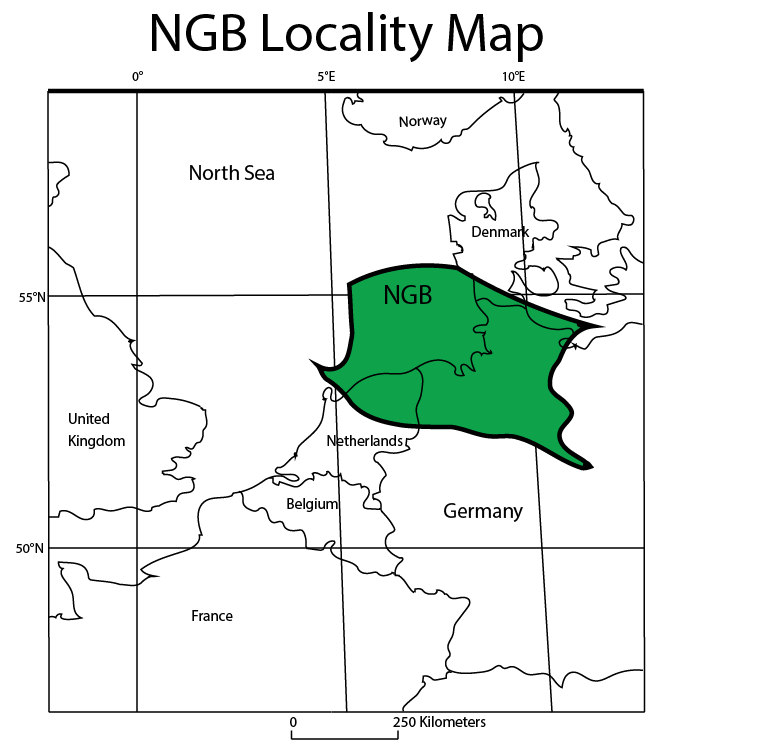A new study show that repurposing idle gas wells into deep borehole heat exchangers (DBHEs) in the North German Basin (NGB) could revolutionize geothermal energy production, providing an efficient, cost-effective, and environmentally friendly method of harnessing underground heat without the need for new drilling.

Fraunhofer Research Institution for Energy Infrastructures and Geothermal Systems has explored this groundbreaking concept (which requires breaking no ground!)
Key Findings
- Heat Extraction Efficiency:
The study’s simulations indicate that repurposed wells can achieve heat extraction rates between 200 kW and 400 kW, with peaks up to 600 kW. This performance surpasses that of many existing deep borehole heat exchangers, thanks to optimized geological settings and completion schemes. - Economic Viability:
The initial production costs for geothermal heat are competitive with other renewable resources like biomass and are favourable compared to natural gas prices as of 2023. By avoiding new drilling, significant savings on carbon emissions and financial costs are achieved, enhancing the economic appeal of this method. - Environmental and Operational Benefits:
Repurposing existing wells involves minimal geological and drilling risks, making it a safer and more reliable option. The approach also capitalizes on the pre-existing infrastructure, further reducing environmental impact and operational costs. - Sensitivity Factors:
The study highlights that the depth of the re-completion and the injection temperature are critical factors influencing thermal output. Proper management of these parameters can maximize the efficiency and longevity of the geothermal systems. - Geological Suitability:
Areas with high geothermal gradients and rocks with high thermal conductivity, such as the Zechstein salt, are particularly advantageous for achieving higher heat extraction rates over a 30-year period. - Operational Recommendations:
For optimal performance, DBHE systems should be operated year-round, preferably for 8,000 hours annually, to maintain cost-effectiveness. Additionally, the proximity of the well to consumers (no more than 3-5 km) is crucial to minimize heat loss and pipeline costs. - Integration with Heating Networks:
Effective integration of DBHEs within district heating networks, particularly in fourth and fifth-generation systems, is essential. This ensures consistent and sufficient heat supply to end-users, maintaining temperatures above 60°C without the need for additional heat pumps.
Implications for Future Energy Security
This study presents a compelling case for the repurposing of idle gas wells as a sustainable and economically viable geothermal energy source. By leveraging existing infrastructure and focusing on efficient thermal management, this method holds significant promise for enhancing renewable energy portfolios and contributing to global energy security.
The insights and methodologies developed in this research could serve as a blueprint for similar initiatives worldwide, paving the way for broader adoption of geothermal energy and a reduction in reliance on fossil fuels. Repurposing idle wells into DBHEs in the NGB offers a practical and innovative solution to energy challenges, demonstrating that with the right approach, we can unlock the full potential of geothermal resources for a greener future.
Source
Repurposing idle wells in the North German Basin as deep borehole heat exchangers, Earth ArXiv, 2024
